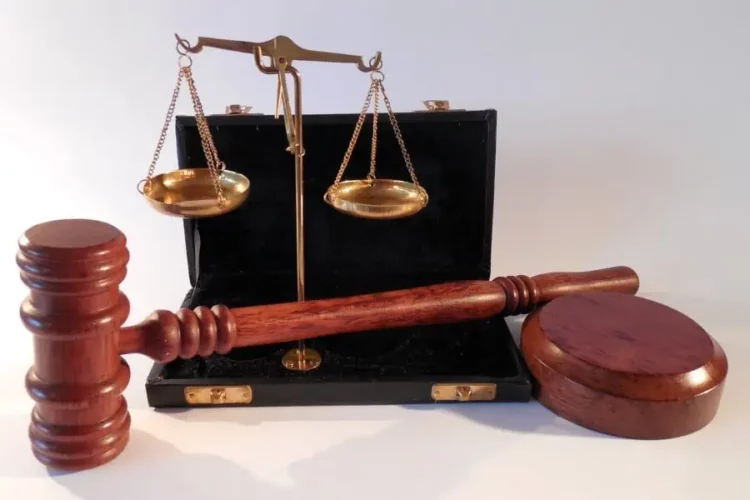The number of road accidents and other types of injuries has seen a significant rise in Canada over the past few years. In the year 2018, Edmonton witnessed a total of 24,003 vehicular accidents, indicating a slight rise of 0.4% compared to the previous year. Among these incidents, there were 2,629 collisions that led to injuries or fatalities, showcasing a decrease of 3.9% from the year 2017. These particular accidents resulted in 2,988 minor injuries, 319 severe injuries, and, unfortunately, 19 fatalities.
Personal injury lawsuits can be complex and involve many different types of damages. One type of damage that is frequently sought is punitive damages. Punitive damages are intended to punish defendants for their actions and deter them and others from engaging in similar behavior. If you live in Edmonton and have been in an accident due to someone else’s negligence, you must consider contacting the best personal injury law firm in Edmonton. In this article, we will explore what punitive damages are, how they are calculated, and some examples of when they may be awarded.
What Are Punitive Damages?
Punitive damages are a type of compensation that can be awarded in addition to actual damages (compensatory damages) in personal injury cases. Unlike compensatory damages, which are intended to compensate the victim for losses suffered due to the defendant’s actions, punitive damages are designed to punish the defendant for their behavior and deter them and others from acting similarly in the future.
Calculating Punitive Damages
Punitive damage awards can vary widely depending on several factors, such as:
– The severity of the plaintiff’s injuries
– The degree of fault on the part of the defendant
– The egregiousness of the defendant’s conduct
– The size and financial means of both parties
Juries may consider several factors when determining whether or not a punitive award is justified, including:
– Whether or not the defendant acted maliciously or intentionally
– Whether or not the act was particularly reckless or wanton
– How much harm was caused by their actions
In most jurisdictions, there is no set formula for how punitive damage awards should be calculated. Rather than using a strict calculation method like those utilized for compensatory damages, juries have discretion when deciding how much money should go towards this type of compensation.
Examples Where Punitive Damages May Be Awarded
There are many situations where juries may choose to award punitive penalties. Some common scenarios include:
Product Liability Cases – These types of product liability cases occur when businesses put defective goods into circulation, which end up injuring consumers. If it’s found that a manufacturer knew about the danger and still released the product, they could be held liable for punitive damages.
Medical Malpractice Claims – These cases involve medical professionals who cause harm to their patients through negligence, incompetence, or intentional conduct. Negligent misconduct (e.g., leaving a surgical instrument inside of a patient) might result in compensatory damages as well as punitive compensation if it can be proven that the healthcare provider acted with malice or extreme recklessness.
Workplace Accidents – Employers have an obligation to keep their workers safe at all times. A company that consistently disregards safety standards could be subject to punitive damages if they violate government regulations, and this results in serious injury.
Intentional Torts – When someone takes direct action against another person with the intention of causing some form of harm (bodily or emotional), then there is potential for punishment beyond compensation alone. This can include situations like assault or battery where intentional infliction on another party is apparent.
Drunk Driving Accidents – Another situation where punitive damages may be awarded is when someone crashes into another due to driving under the influence of drugs or alcohol. Since drunk driving accidents are usually preventable, juries often award higher amounts than in typical accident cases, especially If injuries sustained are life-altering.
Conclusion
Punitive damages serve as a crucial mechanism within personal injury law, aiming to establish accountability for wrongdoing and discourage the recurrence of harmful actions. Courts typically impose stringent criteria to be met before awarding such compensation, ensuring that penalties are justified and equitable based on the unique circumstances of each case, including the level of personal responsibility exhibited by the defendant and other relevant factors.
If you have experienced significant injuries resulting from someone else’s negligent behavior, you may understandably seek recourse beyond the mere recovery of economic losses incurred.
Therefore, you must seek help from experienced attorneys who would assess your particular case and figure out possible ways to secure additional compensation through punitive damages.
Overall, understanding the basics of punitive damages can provide useful knowledge for both lawyers and anyone with an interest in personal injury litigation. Knowing when and how punitive damages could be awarded could make a difference in bringing justice to victims of negligent or abusive behavior while promoting accountability.









